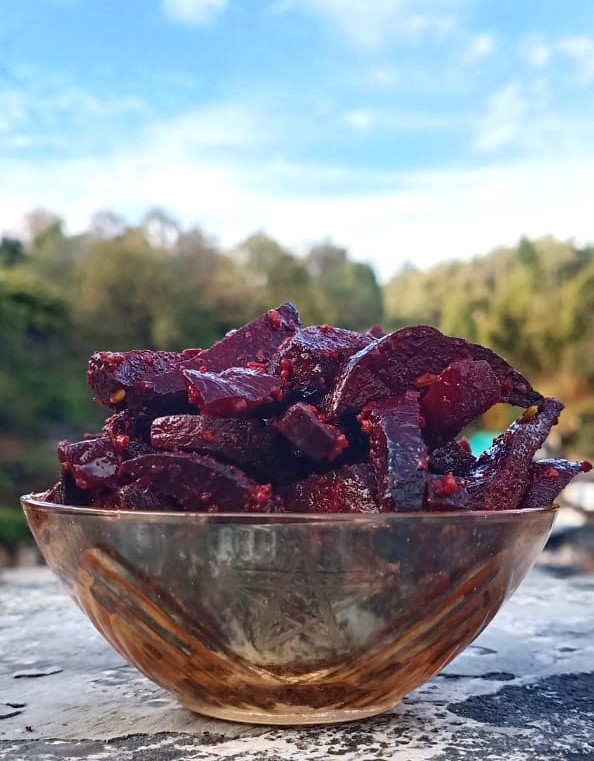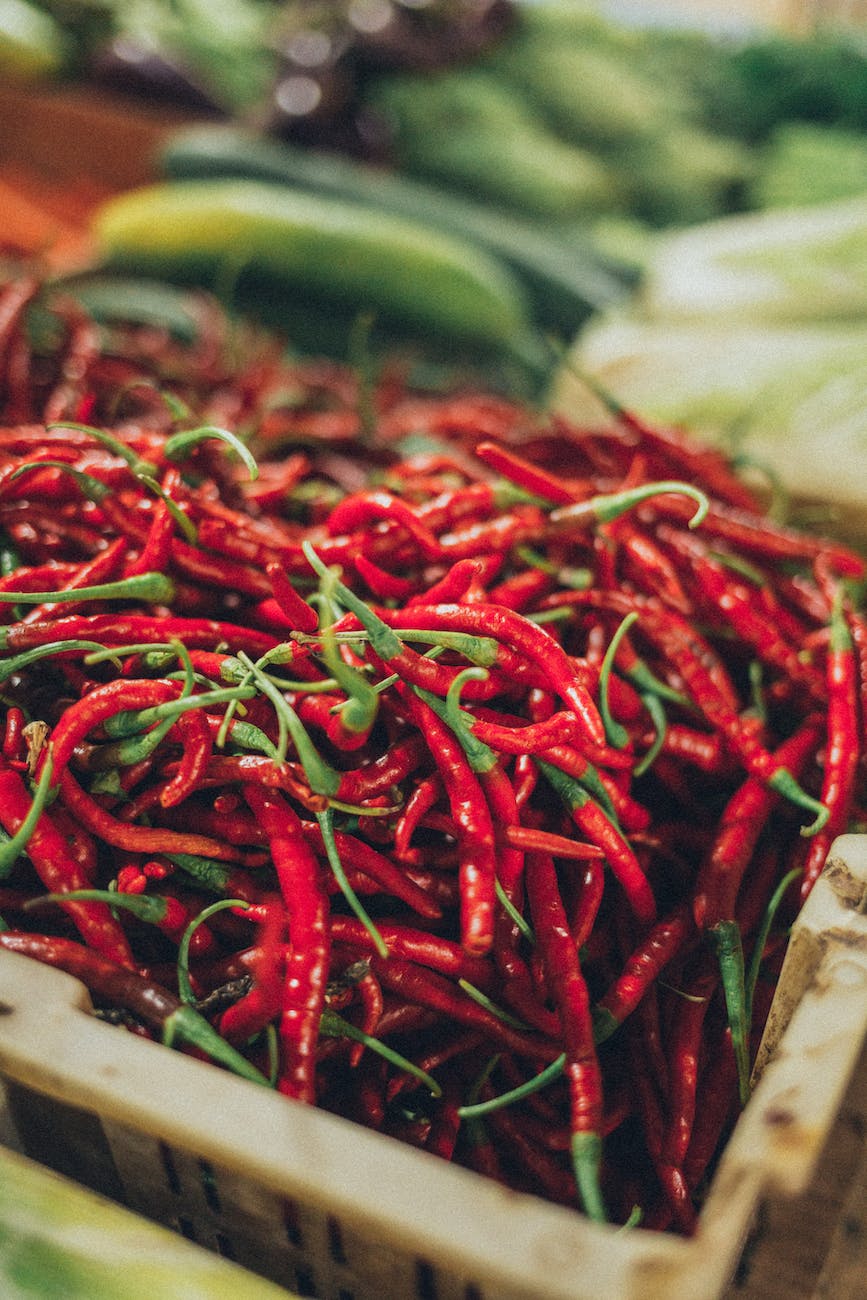
Beetroot, known for its vibrant hue and earthy flavor, has been a staple in various cultures for its medicinal properties. With the rise in health-conscious diets, beetroot and its juice have gained immense popularity. This guide dives deep into the myriad health benefits of beetroot, providing answers to common queries and concerns.
Beetroot: A Nutritional Powerhouse
Beetroot is a treasure trove of essential vitamins and minerals. Rich in folate, potassium, vitamin C, and iron, it also boasts beneficial compounds like nitrates and antioxidants.
Key Health Benefits of Beetroot and Beet Juice
1. Cardiovascular Health:
- Blood Pressure Regulation: Beetroot’s high nitrate content can help lower blood pressure. These nitrates transform into nitric oxide in the body, dilating blood vessels and improving circulation.
- Cholesterol Management: Beetroot contains soluble fiber, which can help reduce bad cholesterol levels, promoting heart health.
2. Liver Health:
- Detoxification: Betalains in beetroot support liver detoxification.
- Protection Against Fatty Liver: Antioxidants in beetroot can help reduce fatty deposits in the liver.
3. Blood Sugar and Diabetes:
- Beetroot has a moderate glycemic index, ensuring a slow release of sugar into the bloodstream. This property can be beneficial for diabetics when consumed in moderation.
- Carrot and Beetroot Juice: Combining beetroot with carrot juice can offer a nutrient-rich drink that’s beneficial for blood sugar regulation.
4. Kidney Health:
- Protection Against Kidney Stones: The antioxidants and anti-inflammatory properties of beetroot can help reduce the risk of kidney stones.
- Supporting Kidney Function: Regular consumption of beetroot can support overall kidney health.
Read more about Beetroot and Kidney Health.
5. Weight Management:
- Beetroot is low in calories and high in fiber, promoting satiety and aiding in weight loss.
6. Blood Health:
- Anemia and Iron Deficiency: Beetroot is a good source of iron and can help in the management of anemia.
- Blood Circulation: The natural nitrates in beetroot support enhanced blood flow, ensuring that vital organs receive adequate oxygen.
7. Pregnancy:
- Beetroot Juice During Pregnancy: Rich in folic acid, beetroot juice can support fetal development and reduce the risk of neural tube defects.
8. Bone and Joint Health:
- Arthritis: The anti-inflammatory properties of beetroot can help reduce symptoms of arthritis.
Beetroot and Glycemic Impact
Beetroot is a nutrient-rich vegetable that’s often considered for its impact on blood sugar levels, an important consideration for individuals with conditions like diabetes. Understanding the glycemic index (GI) and glycemic load (GL) of beetroot and its juice is essential in dietary planning.
Glycemic Index of Beetroot
Beetroot has a moderate GI, typically around the mid-60s. This means it has a medium-level impact on blood sugar compared to high-GI foods. However, its overall effect on blood sugar levels is moderated by its fiber content, which slows sugar absorption.
Glycemic Load for a Balanced Perspective
The GL of beetroot is low due to its high fiber content and the nature of its carbohydrates, most of which are indigestible dietary fiber. This low GL indicates that in typical serving sizes, beetroot doesn’t significantly impact blood sugar levels.
Beetroot Juice and Blood Sugar
Beetroot juice typically has a higher GI compared to whole beetroot because the juicing process removes fiber, which helps to slow down sugar absorption. This can lead to a quicker spike in blood sugar levels. However, the actual GI can vary depending on how the juice is prepared and consumed.
Beetroot in Diabetic Diets
Incorporating beetroot into a diabetic diet requires balancing its moderate GI against its low GL and high nutrient content. While beetroot can fit into a well-managed diet, portion control and mindful preparation are key to avoiding significant impacts on blood sugar levels.
Incorporating Beetroot into Your Diet
From raw salads to refreshing juices, beetroot can be consumed in various ways:
- Beet-Ginger-Turmeric Juice: A potent blend that combines the benefits of beetroot with the anti-inflammatory properties of ginger and turmeric.
- ABC Juice: A mix of apple, beetroot, and carrot, this juice is known for its liver-cleansing properties.
You can also consider this delightful fusion of beetroot’s earthy taste with the tang of pickling, Himalayan Beetroot Pickle by Masala Monk is a gourmet treat. Made with the finest beetroots from the Himalayan region, this pickle is a blend of health and taste.
Conclusion
Beetroot and beet juice offer a plethora of health benefits. From cardiovascular health to aiding in detoxification, beetroot is a versatile and potent vegetable that can be a valuable addition to any diet.
FAQs
- Is beetroot juice beneficial for high blood pressure? Yes, the nitrates in beetroot juice can help lower blood pressure by improving blood vessel dilation.
- How does beetroot support liver health? Beetroot contains compounds like betalains that aid in liver detoxification. Additionally, its antioxidant properties can help protect the liver from oxidative stress.
- Can beetroot juice help with weight loss? While beetroot juice alone won’t lead to weight loss, its low-calorie and high-fiber content can promote feelings of fullness, aiding in weight management when combined with a balanced diet.
- Is beetroot safe for diabetic patients? Beetroot has a moderate glycemic index, which means it releases sugar slowly into the bloodstream. However, it’s essential for diabetic individuals to consume it in moderation and monitor blood sugar levels.
- Are there any side effects to excessive beetroot consumption? Excessive beetroot or beet juice intake can lead to beeturia, where urine and stool might turn pink or red. It’s also essential to be aware of its impact on blood sugar levels, especially for diabetics.
Blog Tags: Beetroot, Beet Juice, Cardiovascular Health, Liver Health, Blood Sugar, Kidney Health, Weight Loss, Blood Health, Pregnancy, Bone Health, Dietary Tips.













